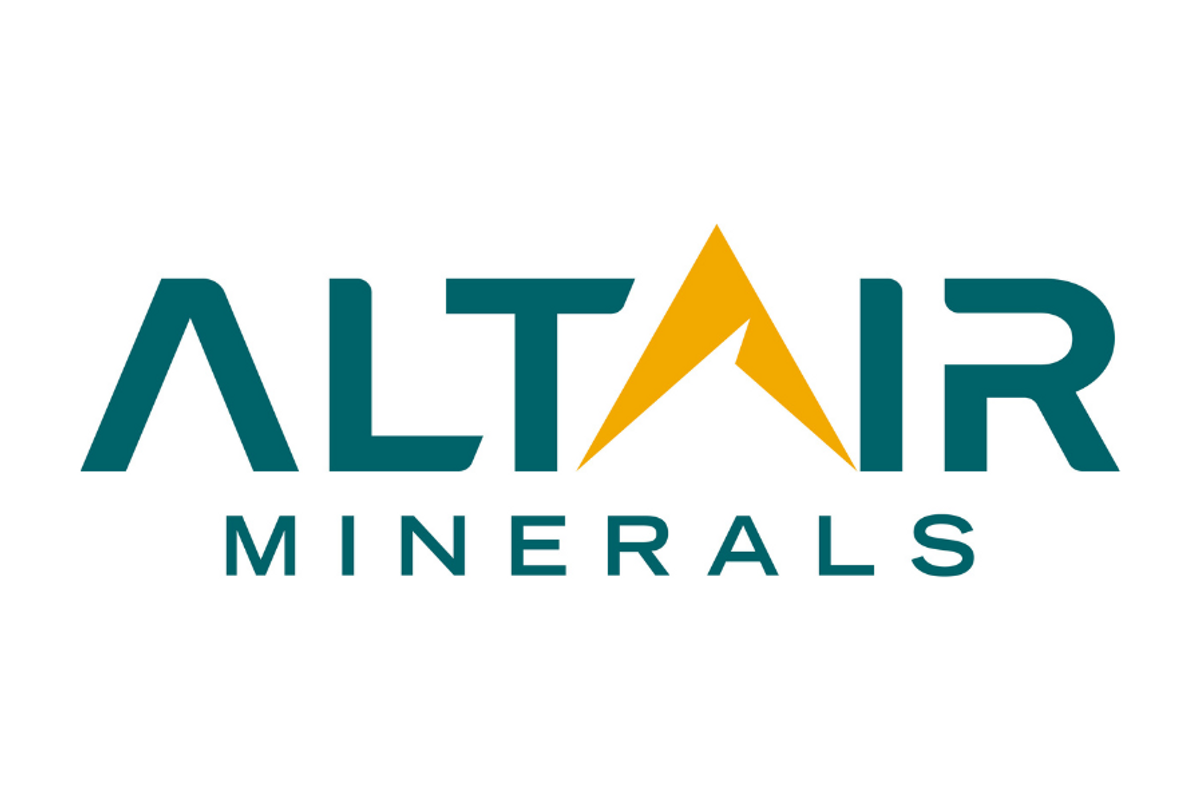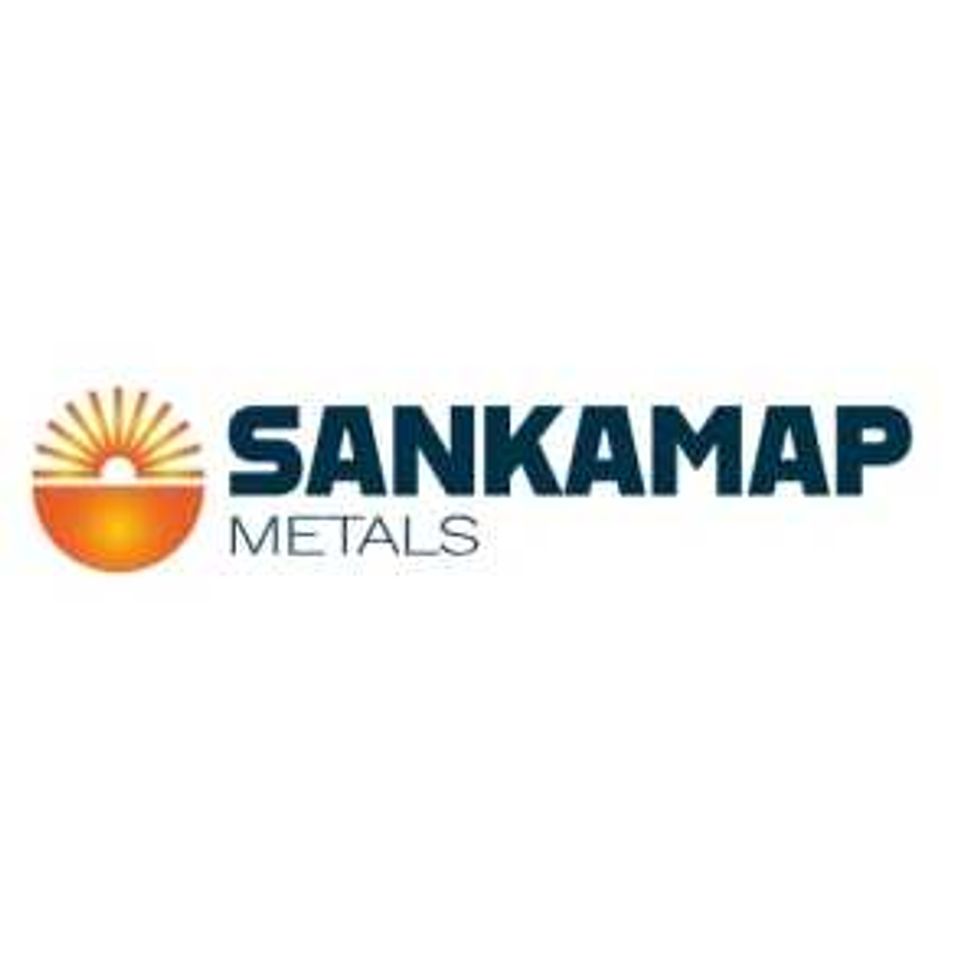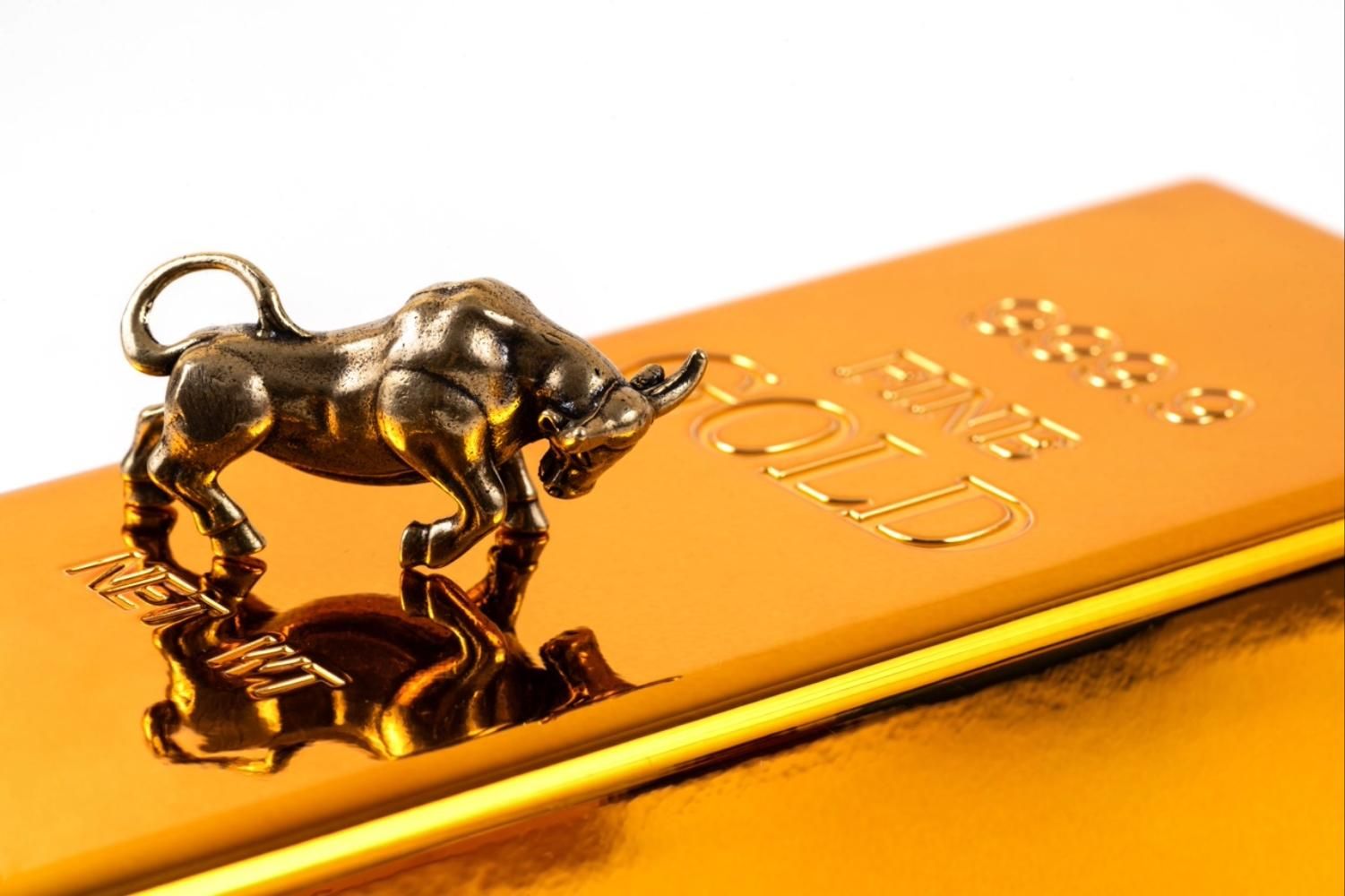
February 03, 2025
Unlocking a high-grade Copper Porphyry within the northern extension of a Multi-Billion Tonne Belt.
Altair Minerals Limited (ASX: ALR) (‘Altair or ‘the Company’) is pleased to announce the proposed acquisition of the Venatica Copper Project which highlights a major expansion to Altair’s portfolio of Tier-1 sized discovery opportunities, stepping into South America with an exceptionally high-grade porphyry. Located ~60km from the Las Bambas Mine which produces 2% of global copper supply, Venatica shares the same host rocks, structures, geological controls with outcroppings of >6% copper.
Key Highlights:
- District Scale Opportunity | 337km2 Landholding
The Venatica Copper Project spans 337km2 over 34 claims, situated on Peru’s prolific Andahuaylas- Yauri Porphyry belt, host to 3 deposits which are >1Bt along strike of Venatica1. - Large Scale Targets | >16km2 of Porphyry Targets, open in all directions
Venatica West has two key targets amongst a regional system - (1) Irka NE: high-grade felsic copper-silver-moly porphyry >4km2 and (2) Irka SW: copper-gold porphyry-skarn >6km2, with the true lateral extent of both systems completely open. The Irka NE porphyry represents an exceptionally large target, which has shown an abundance of copper across a significant 3.4km strike which samples range 3,000ppm to >60,000ppm Cu. Majority of Venatica remains untested with potential for subsequent high-grade copper systems to be discovered. - High-Grade Surface Outcrops | 20% of samples >3,000ppm Cu
Irka NE Porphyry Target: Historic sample reported by INMET (acquired by First Quantum) reported 9.5% Copper, 471ppm Mo, 160g/t Ag and 4.59g/t Au. With subsequent outcrop sampling programs at the high-grade Irka NE Porphyry (>3km strike) returning:- 5.7% Copper and 43g/t Silver (Sample 4807)
- 4.8% Copper and 32g/t Silver (Sample 15245)
- 4.7% Copper and 40g/t Silver and 31ppm Molybdenum (Sample 646141)
- 7.0% Copper and 33g/t Silver (Sample 2254)
Irka SW Porphyry – Skarn Target: Follow-up sampling programs by INMET returned exceptional copper-gold results of 4.8% Copper & 0.40g/t Gold (Sample 4801) and 6.5% Copper & 0.52g/t Gold (Sample 4803)
- Multiple Regional Anomalous Targets | 17km of anomalous strike
Stream sampling at Venatica East has returned 4 distinct copper targets which has shown >5x background levels of copper that has an outstanding combined anomalous strike of 17km. Stream sediments at Venatica East are analogous to the stream anomalies to Haquira (Figure 6) also >5x background levels of copper, which led to 1.4Bt @ 0.46% Cu discovery along strike Venatica1,2,8. - Historic High-Grade Production | Average 6% Copper Ore
Reported historic small-scale mining at Irka NE exploited dykes at 6% Copper, whereas on Irka SW target, a pit (50m x 50m x 10m deep) exploited at 4% Copper from the base of pit (10m depth). - Proven Geological Model | Untested Northen Extension
Venatica is sitting on the large margin contact of the Andahuaylas-Yauri Batholith intrusion, the same Batholith contact which is the key structural control that has led to the discovery of 5x copper deposits with >1Bt resources on this belt (See Fig. 1)1,3. Altair holds first-mover advantage to systematically test the northern extension of the trend, with Venatica covering the key controlling and proven geological formation. - Expansion of Technical Team | 11.4Mt Cu & 26Moz Au of Discoveries
Assignment of expert geologist team in the discovery of porphyry/skarn deposits within the Andahuaylas-Yauri Batholith. The Peru exploration team has significant experience in characterization of the high-grade traps in this style of deposit, which becomes key in the initial drill program at Venatica. Altair’s strengthened Technical Team have been collectively responsible for discoveries of over 11.4Mt Copper & 26Moz Gold. - Established Social Credentials | Fast-Tracked for drilling by Q2 2025
Irka Vendor (Venatica West) has established social relations over 10-years with a supportive community. Irka has the additional benefit of small-scale exploitation and provisional permits granted, allowing ability to leverage Peru’s REINFO process to receive drilling permits within months. Ample infrastructure, power and access roads, leading to exceptionally low exploration and drill costs.
ACQUISITION OF VENATICA PROJECT
Overview
The Venatica Project is a district scale and advanced discovery opportunity, located ~7km South & Southeast of Abancay, in the Apurimac region of Peru. The project has ample nearby infrastructure, with significant recent investment into power lines, access roads, manpower and pro-mining social integration due to the on-going development of two world-class mines and construction of three world- class mines in the region. The project is connected to all main roads in South Central Peru either via asphalt or paved roads, with a supportive community whereby relationships have been built over a decade. Two wide public roads facilitate the logistics access and connect the region with the main seaports of southern Peru for shipments of minerals: the Marcona Seaport accessed via Ayacucho and Ica, and the Matarani Seaport accessed by Cusco and Arequipa.
The Venatica transaction represents a non-dilutive exciting discovery opportunity, which consists of the acquisition of 100% owned Mining Process’s alongside an option to acquire 80% of the Irka Mining Concession (“Irka Permit”), Permit Code: N010184917, which sits within the Western half of Venatica. Altair has entered into an agreement with Crhistian Enrique Vargas Serna (“The Vendor”) for an exclusive 120-day due diligence period for the cost of USD $10,000. Upon satisfaction of initial due diligence, Altair has the option to either extend the due diligence period by 3 months for USD $10,000 or has the option to purchase 80% of Irka for USD $60,000 – see terms section below for full details.
Geologically, Venatica is located on the Andahuaylas-Yauri Porphyry Belt, a prolific mining corridor known for hosting numerous Tier-1 copper deposits and recently has led to the construction of multiple world-class copper mines in the last 10 years (Las Bambas, Constancia, Antapaccay) run by majors such as MMG & Glencore. This belt represents a globally significant geological trend, extending over 300km and containing some of the largest copper resources in the world.
The northern portion of the Andahuaylas-Yauri Porphyry Belt is renowned for hosting 5x copper deposits each with >1Bt resources, including one of the lowest quartile producers in Peru (Constancia), and the 3rd largest copper producer in Peru (Las Bambas) accounting for 2% of global copper production1,4, located just 60km from Venatica. The belt stands out due to its simplicity in discovering these globally significant deposits which typically occur at the margin contact of the Batholith Intrusive.
Click here for the full ASX Release
This article includes content from Altair Minerals Limited, licensed for the purpose of publishing on Investing News Australia. This article does not constitute financial product advice. It is your responsibility to perform proper due diligence before acting upon any information provided here. Please refer to our full disclaimer here.
ALR:AU
The Conversation (0)
10 September
Olympic Domain Project Update with BHP
Altair Minerals (ALR:AU) has announced Olympic Domain Project Update with BHPDownload the PDF here. Keep Reading...
09 September
World Class Exploration Team Formed & Fieldwork Imminent
Altair Minerals (ALR:AU) has announced World Class Exploration Team Formed & Fieldwork ImminentDownload the PDF here. Keep Reading...
03 September
Ex-Reunion Gold Team Joins & New Targets Defined
Altair Minerals (ALR:AU) has announced Ex-Reunion Gold Team Joins & New Targets DefinedDownload the PDF here. Keep Reading...
27 August
Olympic Domain Project Update with BHP
Altair Minerals (ALR:AU) has announced Olympic Domain Project Update with BHPDownload the PDF here. Keep Reading...
26 August
South Oko Geochemistry Confirms Oko West Look-Alike Target
Altair Minerals (ALR:AU) has announced South Oko Geochemistry Confirms Oko West Look-Alike TargetDownload the PDF here. Keep Reading...
49m
Gold Price Forecast: Top Trends for Gold in 2026
Gold has reached once-unthinkable prices in 2025, gaining over 60 percent by early December. Looking ahead to 2026, experts believe the major themes that carried the gold price to new heights this year will continue to underwrite its trajectory in the months ahead, boosting the metal even... Keep Reading...
12h
Cassiar Gold Drills 13.53 g/t Gold over 13.4 Meters from 28.2 Meters Downhole, Including 210.71 g/t Gold over 0.8 m with 369.00 g/t Gold over 0.4 Meters from 39.8 m Downhole, Extends Higher-Grade Domains at the Taurus Deposit
Cassiar Gold Corp. (TSXV: GLDC,OTC:CGLCF) (OTCQX: CGLCF) (the "Company") is pleased to announce results from nine initial diamond drill holes of the 2025 exploration program at the Taurus Deposit, which is located within the Cassiar Gold Project, in northern British Columbia. Results from these... Keep Reading...
02 December
Keith Weiner: Gold, Silver Drivers Intact, What to Watch in 2026
Keith Weiner, founder and CEO of Monetary Metals, shares his gold and silver outlook. In his view, all of their drivers remain intact, meaning that current trends are likely to continue in 2026. "I don't think you're going to go wrong with either," Weiner said.Don’t forget to follow us... Keep Reading...
02 December
Gold Price 2025 Year-End Review
The gold price saw incredible gains in 2025, rising from US$2,600 per ounce to a record high of over US$4,300.Gold has moved up in nearly every month of the year, and is on track for its biggest annual gain in 46 years. Various factors have lent support, including ongoing geopolitical... Keep Reading...
Latest News
Latest Press Releases
Trading Halt
18m
Related News
TOP STOCKS
American Battery4.030.24
Aion Therapeutic0.10-0.01
Cybin Corp2.140.00






